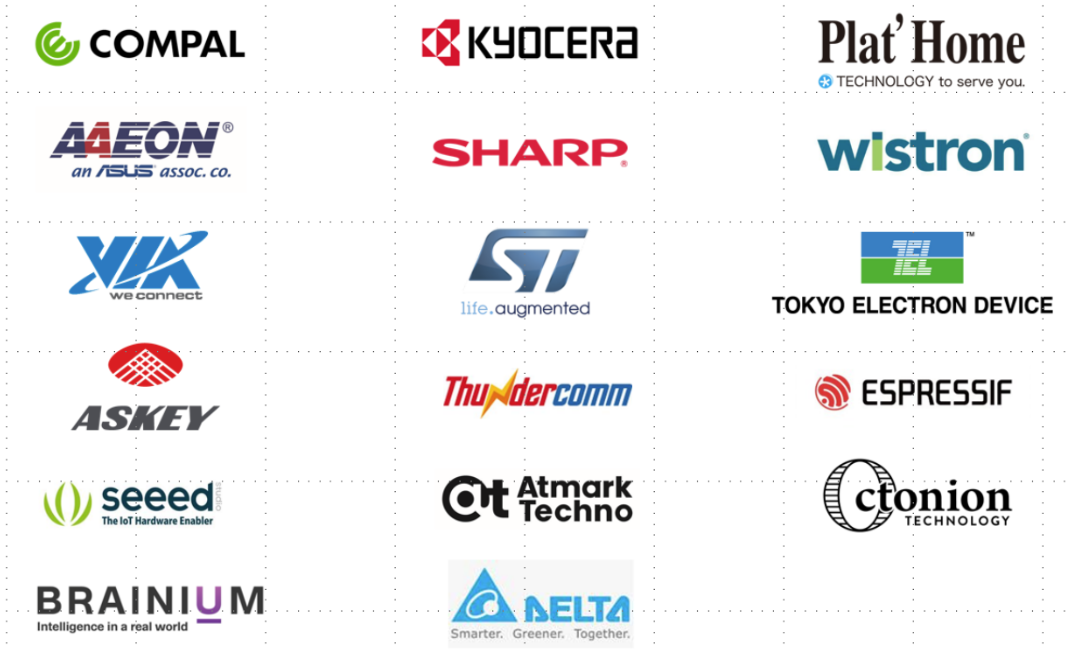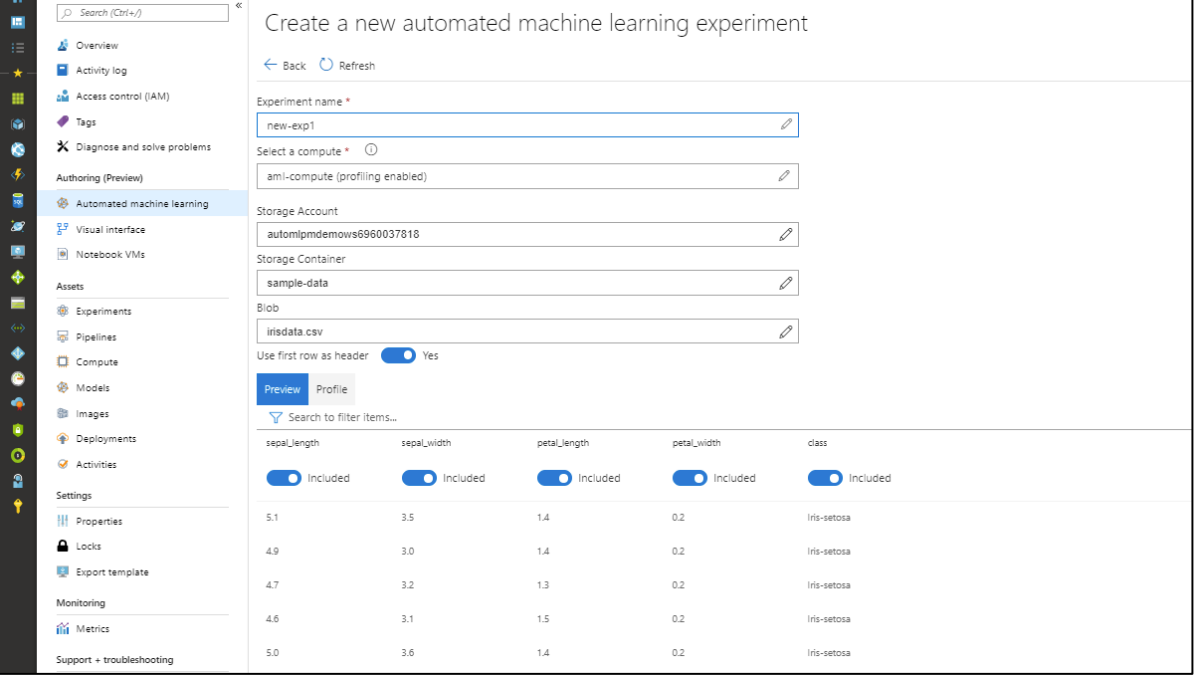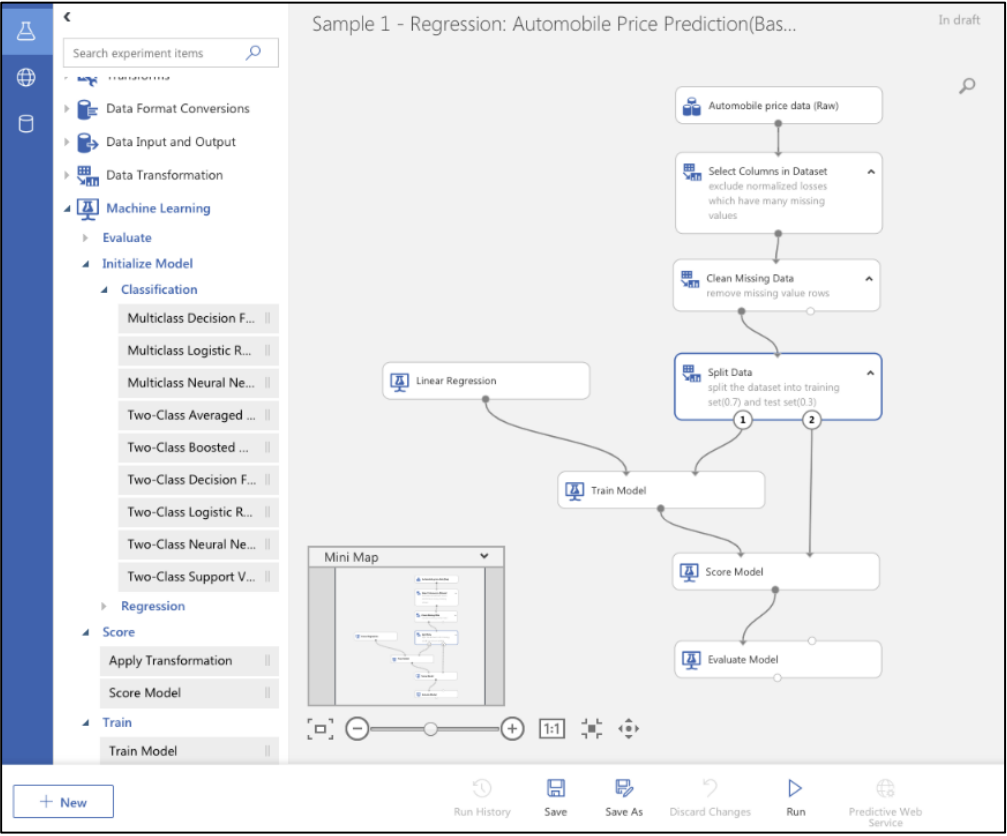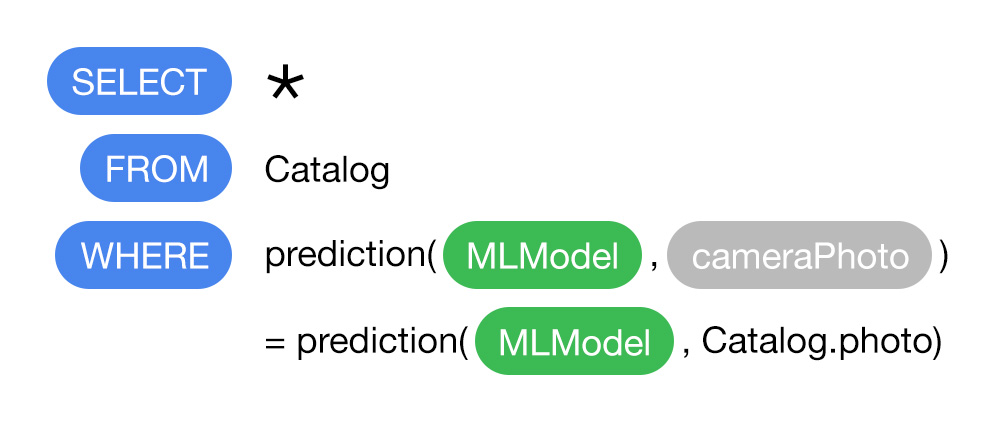The last few years have seen a rapid expansion of national regulations that, in the name of data protection, govern how and where organizations like healthcare and insurance companies, financial services companies and others store residents’ personal data that is used and collected through their services.
But keeping abreast of and following those rules has proven to be a minefield for companies. Now, a startup is coming out of stealth with a new product to to help.
InCountry, which provides “data residency-as-a-service” to businesses and other organizations, is launching with $7 million in funding and its first product: Profile, which focuses on user profile and registration information in 50 countries on six continents. There will be more products launched covering payment, transaction and health data later in the year, co-founder and CEO Peter Yared said in an interview.
The funding — a seed round — is coming from Caffeinated Capital , Felicis Ventures, Ridge Ventures, Bloomberg Beta, Charles River Ventures, Global Founders Capital.
InCountry is founded and led by Yared, a repeat entrepreneur who most recently co-founded and eventually sold the “micro-app” startup Sapho, which was acquired by Citrix. Other companies he’s sold startups to include VMWare, Sun, and Oracle, and he was also once the CIO of CBS Interactive.
Yared told me in an interview that he has actually been self-funding, running and quietly accruing customers for InCountry for two years. He decided to raise this seed round — a number of investors in this list are repeat backers of his ventures — to start revving up the engines. (One of those ‘revs’ is an interesting talent hire. Today the company is also announcing Alex Castro as chief product officer. Castro was an early employee working on Amazon Web Services and Mircosoft’s move into CRM, and also worked on autonomous at Uber.)
If you have never heard of the term “data residency-as-a-service”, that might be because it’s something that has been coined by Yared himself to describe the function of his startup.
InCountry is part tech provider, part consultancy.
On the tech side, it provides the technical aspects of providing personal data storage in a specific national border for companies that might otherwise run other aspects of their services from other locations. That includes SDKs that link to a variety of data centers and cloud service providers that allow new countries to be added in under 10 minutes; two types of encryption on the data to make sure that it remains secure; and managed services for its biggest clients. (InCountry is not disclosing any client names right now, except for video-editing company Revl.)
On the consultancy side, it has an in-house team of researchers and partnerships with law firms to continually update its policies and ensure that customers remain compliant with any changes. InCountry says that to provide further assurance to customers, it provides insurance of up to three times the value of a customer’s spend.
InCountry’s aim is twofold: first, to solve the many pain points that a company or other organization has to go through when considering how to comply with data hosting regulations; and second, to make sure that by making it easy, companies actually do what’s required of them.
As Yared describes it, the process for becoming data compliant can be painful, but his startup is applying an economy of scale, since the process is essentially one that everyone will have to follow:
“They have to figure out what the requirements are, find the facility, audit the facility, which includes making sure it’s not owned by the state, make sure the network is properly segregated, develop the right software layer to manage the data, hire program managers, network operations people and more,” he said. And for those handling this themselves, cloud service providers will typically cover a smaller footprint of regions, 17 at most for the biggest. “We take care of all that, and add on more as we need to.”
The problem is that because the process is so painful, many companies often flout the requirements, which isn’t good for its customers, nor for the companies themselves, which run the risk of getting fined.
“It’s universally acknowledged that the way data is stored and handled by most companies and handled is not meeting the average requirements of citizens rights,” Yared said. “That’s why we now have GDPR, and will see more GDPR-like regulations get rolled out.”
One thing that InCountry is not touching is data such as messages between users and other kinds of personal files — data that has been the subject of sometimes very controversial data regulations. Its limit are the pieces of personal information about users — bank details, health information, social security numbers, and so on — that are part and parcel of what we provide to companies in the course of interacting with them online.
“In early outreach, we have had people as for private data storage, but we would be ethically uncomfortable with that,” Yared said. “We want to be in the business of helping people who have regulated data, by storing that in a compliant manner that is more helpful, and more fruitful to users.”
The aim will be to add more services over time covering ever more countries, to keep in line with the growing trend among regulators to put more data residency laws in place.
“We’re witnessing more countries signing in data laws each week, and we’re only going to see those numbers increase,” said Sundeep Peechu, Managing Director at Felicis Ventures, in a statement. “We’re excited to be leading the round and reinvesting in Peter as he launches his seventh company. He recognized the problem early on and started working on a solution nearly two years ago that goes beyond regional data centers and patchwork in-house DIY solutions.”








